Forget flat posters and dusty diagrams! Let’s face it, traditional astronomy lessons can feel distant, literally light-years away from real cosmic experiences. But with 3D Models, the universe suddenly shrinks to fit into your classroom. Students can hold Jupiter’s swirling storms, feel the craters on Mars’ rusty surface, and trace the swirling arms of our Milky Way galaxy — all thanks to the power of a little plastic wizardry. For example-
Consider a classroom where textbooks come to life and pupils may touch and investigate our cosmos’ fundamental materials. Holding a small model of Saturn, for example, with its rings precisely sculpted to size. Such hands-on experiences pique one’s interest and increase comprehension. Astronomy models act as portals, allowing pupils to travel around the cosmos without leaving the classroom.
A wide range of astronomical models are available on many platforms such as Stellarium, a sophisticated planetarium program, that allows pupils to view celestial bodies, constellations, and planetary motions in real-time. Also, 3D printing services like NASA’s Jet Propulsion Laboratory provide downloadable files for creating elaborate replicas of spacecraft, asteroids, and other objects.
When facts are reinforced with tangible models, they come to life. Consider the Orion Constellation, which is typically represented as a hunter. Educators may demonstrate how these stars exist in three-dimensional space by utilizing 3D-printed representations of their constituent stars, allowing pupils to understand their locations and distances from Earth. Such visual aids help in the comprehension of celestial configurations.

3D models stimulate active engagement, allowing students to create their understanding actively. They are not passive consumers of information when they construct or manipulate these models, but rather co-creators of their astronomical knowledge. This hands-on approach develops curiosity and critical thinking, both of which are necessary for studying the universe.
Makers’ Muse offers an expansive library catering to various subjects, enabling schools and students to access downloadable designs for 3D printing, fostering interactive, hands-on learning experiences in diverse educational areas.
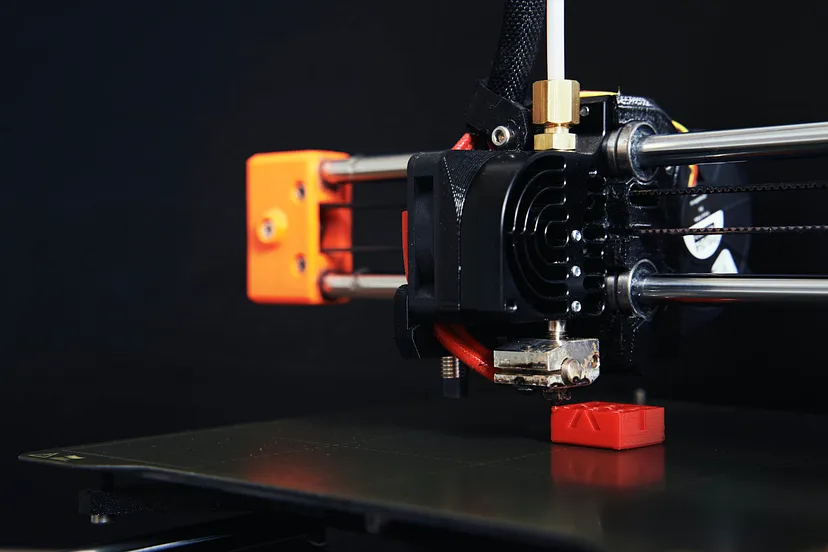
But this isn’t just about cool gadgets. 3D Printing fosters active learning, encouraging students to explore, create, and problem-solve. They can research planetary features, design models to scale, and even experiment with different printing materials. Plus, it’s a fantastic way to cater to different learning styles — visual, kinesthetic, you name it!
So, teachers, dust off that old projector and trade static images for tangible wonder. Parents, ditch the flashcards and unleash the cosmic creativity in your kids. With 3D printing, the universe is no longer just out there, it’s right at your fingertips. Let’s print, explore, and discover the cosmos together, one miniature galaxy at a time!
Remember, the universe is waiting to be held in your hands. What are you waiting for? Join Makers’ Muse and let the astronomical adventures begin!

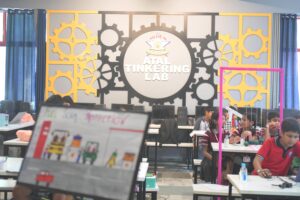
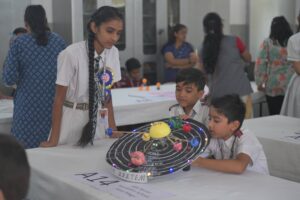
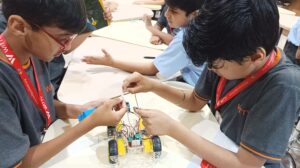
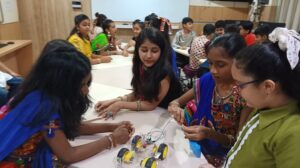

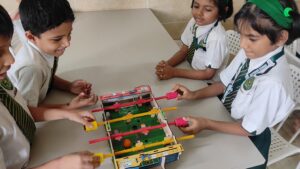
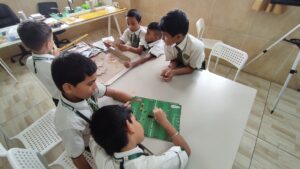
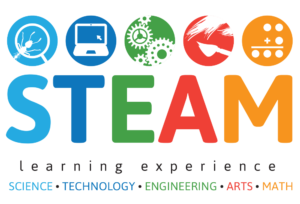
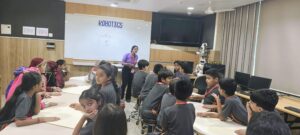
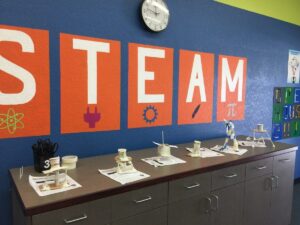

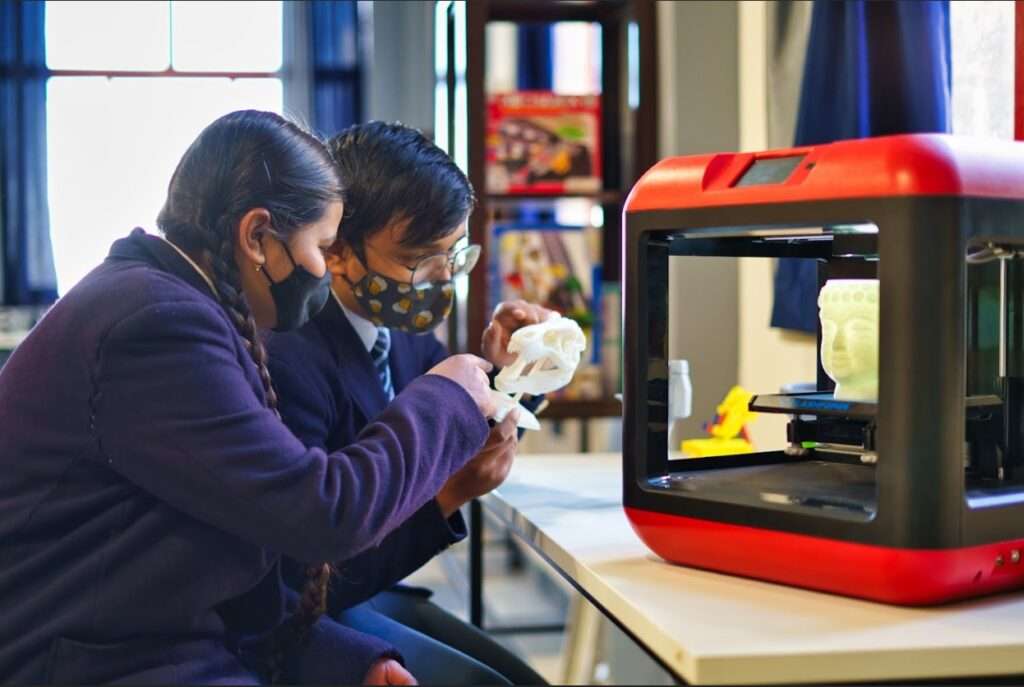
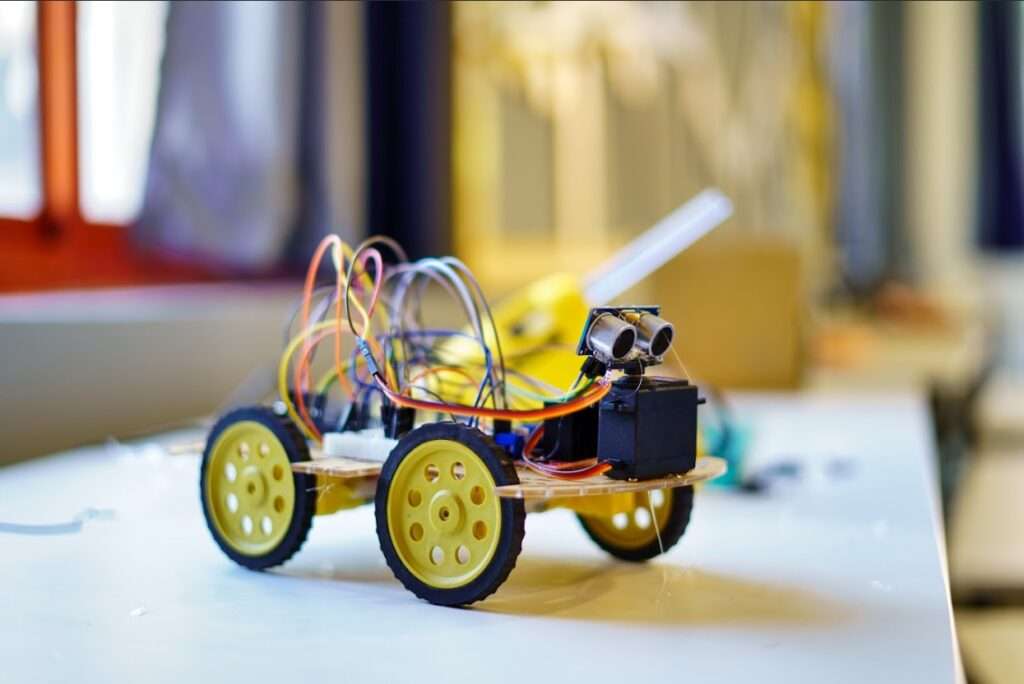
This Post Has 4 Comments
I don’t think the title of your article matches the content lol. Just kidding, mainly because I had some doubts after reading the article.
Thanks for your feedback! Feel free to reach out to us at hello@makersmuse.in with your doubts; we’d love to help!
Can you be more specific about the content of your article? After reading it, I still have some doubts. Hope you can help me.
Thank you for your feedback! Please feel free to reach out at hello@makersmuse.in for any specific queries, and we’d be happy to assist.